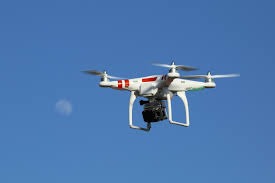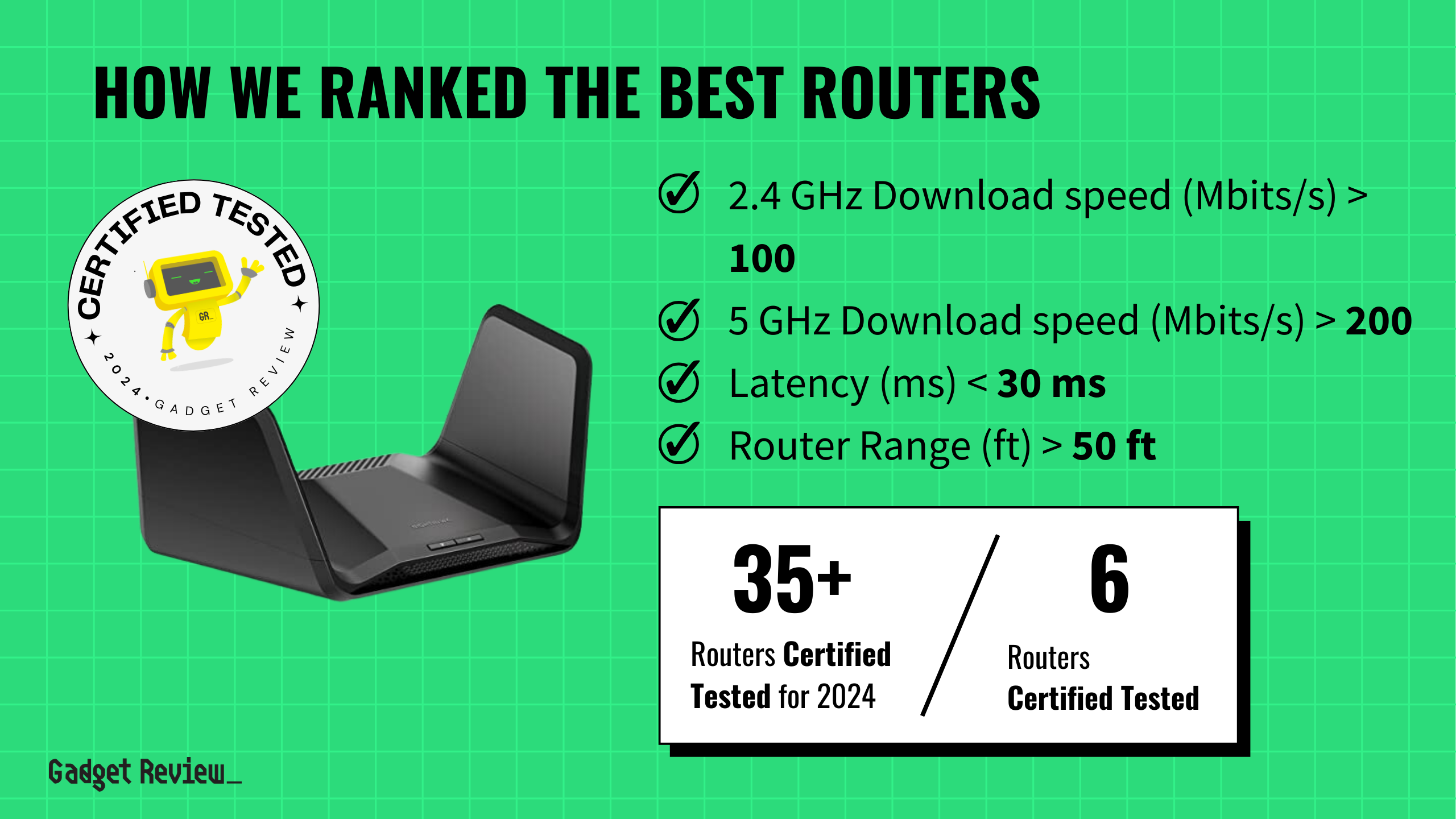Armed security drones will patrol three Florida school districts this fall, reaching any campus location in 15 seconds—a response time that makes traditional law enforcement look glacially slow. The Campus Guardian Angel system represents the most aggressive deployment of automated security technology in American schools, turning what sounds like dystopian fiction into Monday morning reality.
These aren’t your typical surveillance drones hovering quietly in corners. Campus Guardian Angel’s machines pack pepper ball launchers, glass-breaking tools, and enough kinetic force to physically knock down an assailant. Remote operators in Austin, Texas pilot the drones from a tactical command center, streaming live video to first responders while deploying countermeasures that would make a Call of Duty player jealous. The system can blanket large campuses with 30 to 90 drones stored in tamper-proof charging stations, ready to swarm at the press of a silent alarm.
Florida’s $557,000 pilot program launches this September across three districts, with full operational status planned for January 2026. Schools pay $1,000 monthly for the service plus $15,000 per six-drone storage unit—pricing that positions the technology as a premium security upgrade rather than standard equipment. Miami-Dade County Public Schools has shown interest, though the state education department hasn’t revealed which districts will test the waters first. If you’re wondering whether your local school budget can handle military-grade drone defense, the answer depends on how seriously administrators take the 15-second promise.
Critics raise uncomfortable questions about high-speed machines navigating crowded hallways and the wisdom of automating split-second decisions about using force. The drones can hit 50 mph indoors and 100 mph in open areas—speeds that could turn a false alarm into a different kind of emergency. Operator training standards remain unclear, and no one knows how the system performs when chaos erupts and every second counts. Real-world testing will determine whether these rapid-response capabilities enhance safety or introduce new hazards.
The pilot’s results will likely influence security policies nationwide, potentially normalizing robotic enforcement in spaces we still consider fundamentally human. Whether this technology prevents tragedies or creates new risks, Florida’s experiment will answer a question many hoped we’d never need to ask: How much automation should guard our children?



























